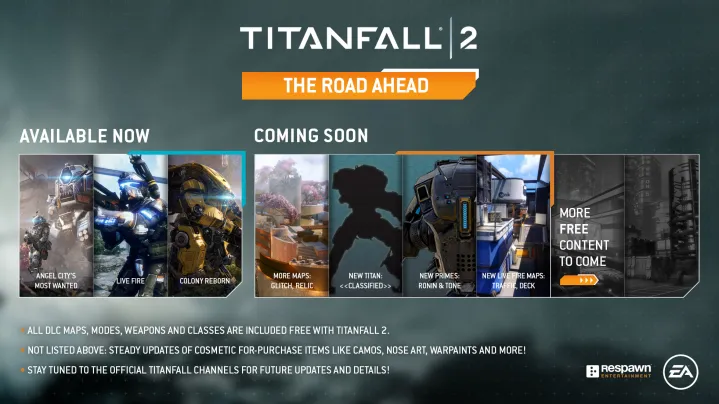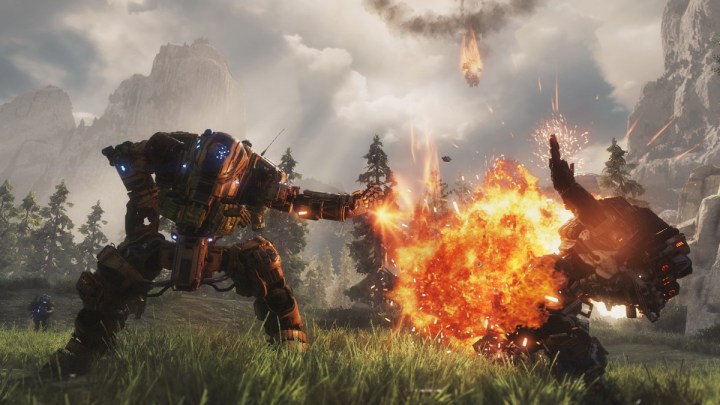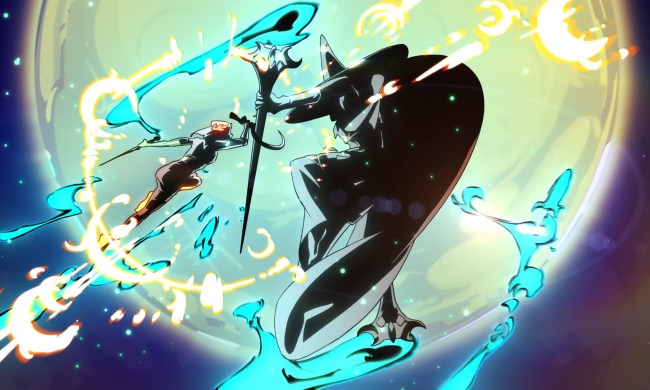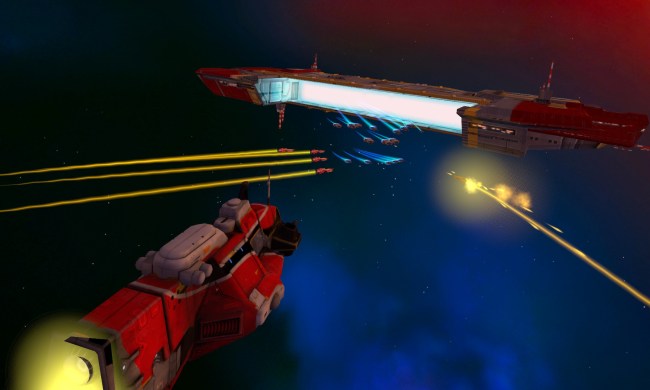This year was supposed to be a landmark one for first-person shooters. With Call of Duty: Vanguard, Battlefield 2042, and Halo Infinite all launching in the same season, fans of the genre would have their work cut out for them.
Not everything went according to plan, though. While Halo Infinite has lived up to expectations in its beta, the other two haven’t quite turned heads. We love Battlefield 2042, but it’s been widely panned by players for missing features and stability issues. Call of Duty: Vanguard was underwhelming too, delivering more of the same. The closest 2021 got to changing the shooter landscape was in the excellent Splitgate, though interest in the game waned after some initial praise.
The fact is that no shooter this year has managed to topple the reigning champion of the genre: Titanfall 2.
Send in the bots
Titanfall 2 has become something of a cult classic, despite being a big-budget, EA-published title. Originally released in 2016, the sequel had to contend with an unfortunate release date. It was sandwiched right in between Battlefield 1 and Call of Duty: Infinite Warfare. With its potential player base cannibalized by much bigger fish, the shooter just didn’t stand a chance. Developer Respawn Entertainment would instead shift its focus to Apex Legends, making Titanfall 3 seem unlikely (though EA and Respawn have hinted otherwise recently).
It was a shame, because Titanfall 2 is still the most innovative shooter to come out in the past five years, both in its single and multiplayer content. First, there’s the game’s main hook. Players run around battlefields shooting one another in PvP, but the twist was that they could call in gigantic titans during battle. These mechs could completely turn the tide of battle, squishing players with ease. Of course, the opposing team could summon titans of their own, leading to monster clashes that gave the game a constantly shifting sense of scale.
Even when players weren’t in mechs, the basic mobility was still a game-changer. Movement was fast and fluid, with players sprinting at high speeds, running on walls, and sliding around. Many of its features went on to become templates for other popular games. One could argue that Halo Infinite’s standout Grappleshot might not exist without Titanfall 2’s grappling hook.

The single-player campaign was just as innovative and should be a blueprint for any multiplayer game that includes solo content. The story mode isn’t a throwaway tutorial that preps players for PvP. It’s a wildly creative adventure that finds ways to twist the mechanics. Its standout mission, Effect and Cause, has players seamlessly swapping between past and present, with the entire world changing with the click of a button. Moments like that still make it memorable half a decade later.
Titanfall 2 is a perfect example of how games can strive to push the industry forwards, rather than churn out more of the same. To this day, the game remains a wholly unique experience that no one has been able to fully replicate. Even so, its DNA can be felt in many of today’s best shooters. That’s especially true of Respawn’s mega-popular Apex Legends, which built on Titanfall 2’s ideas and led to the best battle royale game on the market today. Innovation breeds innovation.

Time hasn’t been kind to Titanfall 2. The game has been taken over by hackers recently, rendering it almost unplayable. Respawn even discontinued the original Titanfall this week, which may have been related to that ongoing issue. It seems like Titanfall 2 could suffer a similar fate down the line, spoiling what should be a pristine legacy.
Even with the misfortune, I haven’t stopped thinking about Titanfall 2 since I first played it five years ago. It’s become the gold standard I measure other multiplayer shooters by. When I play something like Halo Infinite, I find myself searching for those genre-defining features that will influence other games for years to come. I’m finding them harder to come by in big-budget games these days, which seem content to prioritize reliability over experimentation. Titanfall 2 made no such compromises and I wish more games were confident enough to follow its lead.



